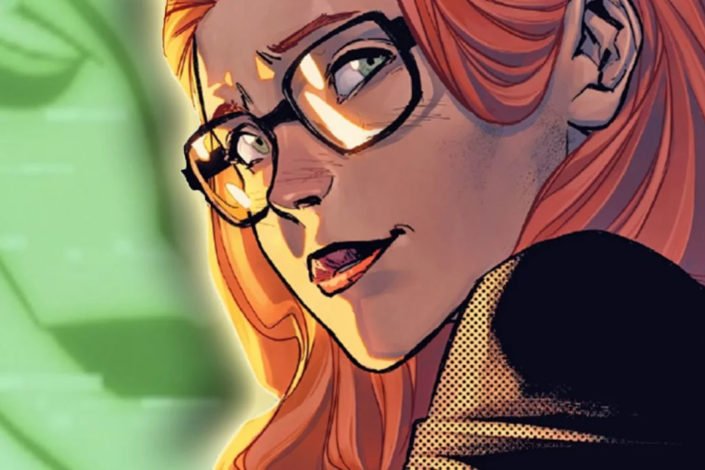Batman: Endgame Reading Order (New 52)
Written by Scott Snyder with art by Greg Capullo, Batman: Endgame is a crossover storyline from 2014 – part of the New 52 era. It’s about the return of The Joker after his disappearance at the end of the “Death of the Family” story arc. It’s an exploration of the violent dynamic between Batman and the Joker.
Here is the official synopsis: He is Batman’s greatest enemy, his deadliest threat, his opposite number. His bloody-minded madness is exceeded only by his twisted genius. He is the Clown Prince, the Pale Man, and his crimes turn the world into one big, sick joke. But today, the joke is over.
As The Joker plays his endgame with the Batman, citizens, villains, and heroes alike must survive his deadly antics and come to terms with who The Joker is and what he means to them.
What to read before Batman: Endgame?
Scott Snyder presented Batman: Endgame as a conclusion of the Joker story developed previously in the Zero Year and Death of the Family storylines. To know more about this era and the Batman stories leading up to Endgame, take a look at our Batman by Snyder and Capullo Reading Order.
- Batman: Zero Year
Collects Batman #21-27 and Batman #29-33. - The Joker: Death of the Family
Collects the tie-in Catwoman 13-14, Batgirl 13-16, Suicide Squad 14-15, Batman and Robin 15-16, Nightwing 15-16, Detective Comics 15-16, Red Hood and The Outlaws 15-16, and Teen Titans 15-16.









